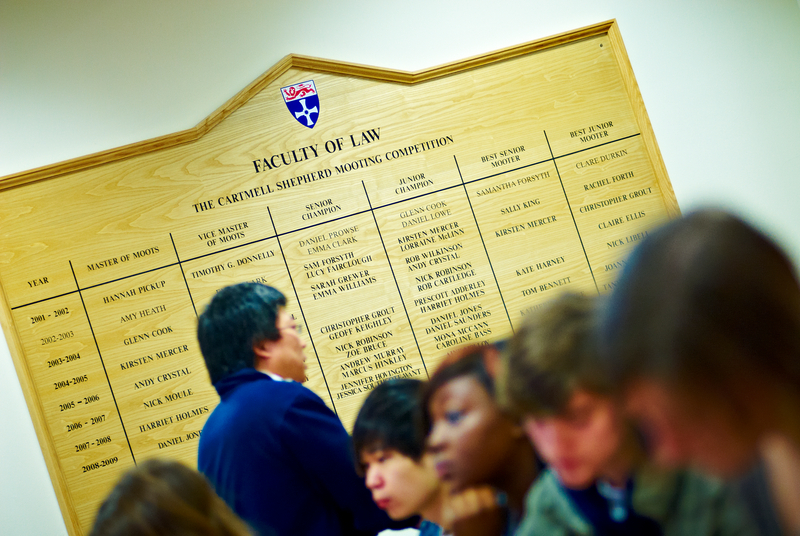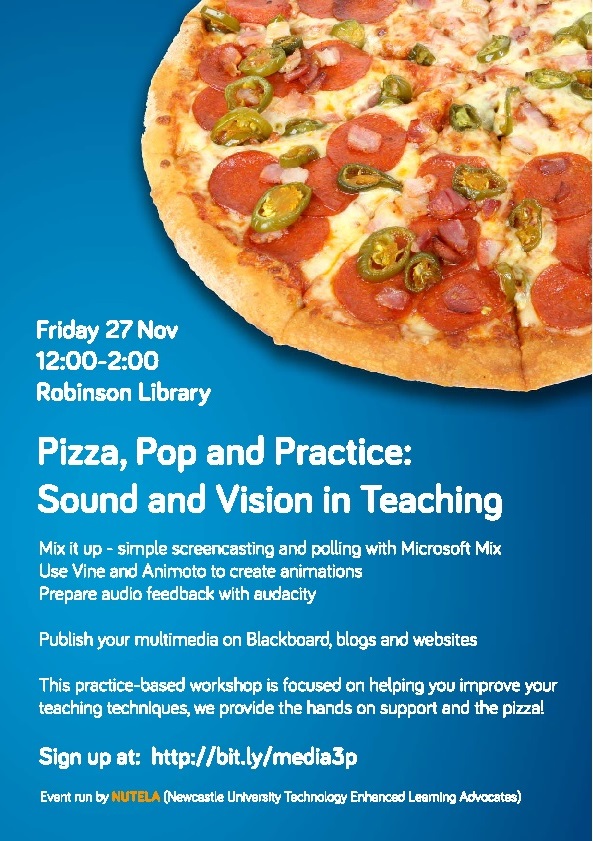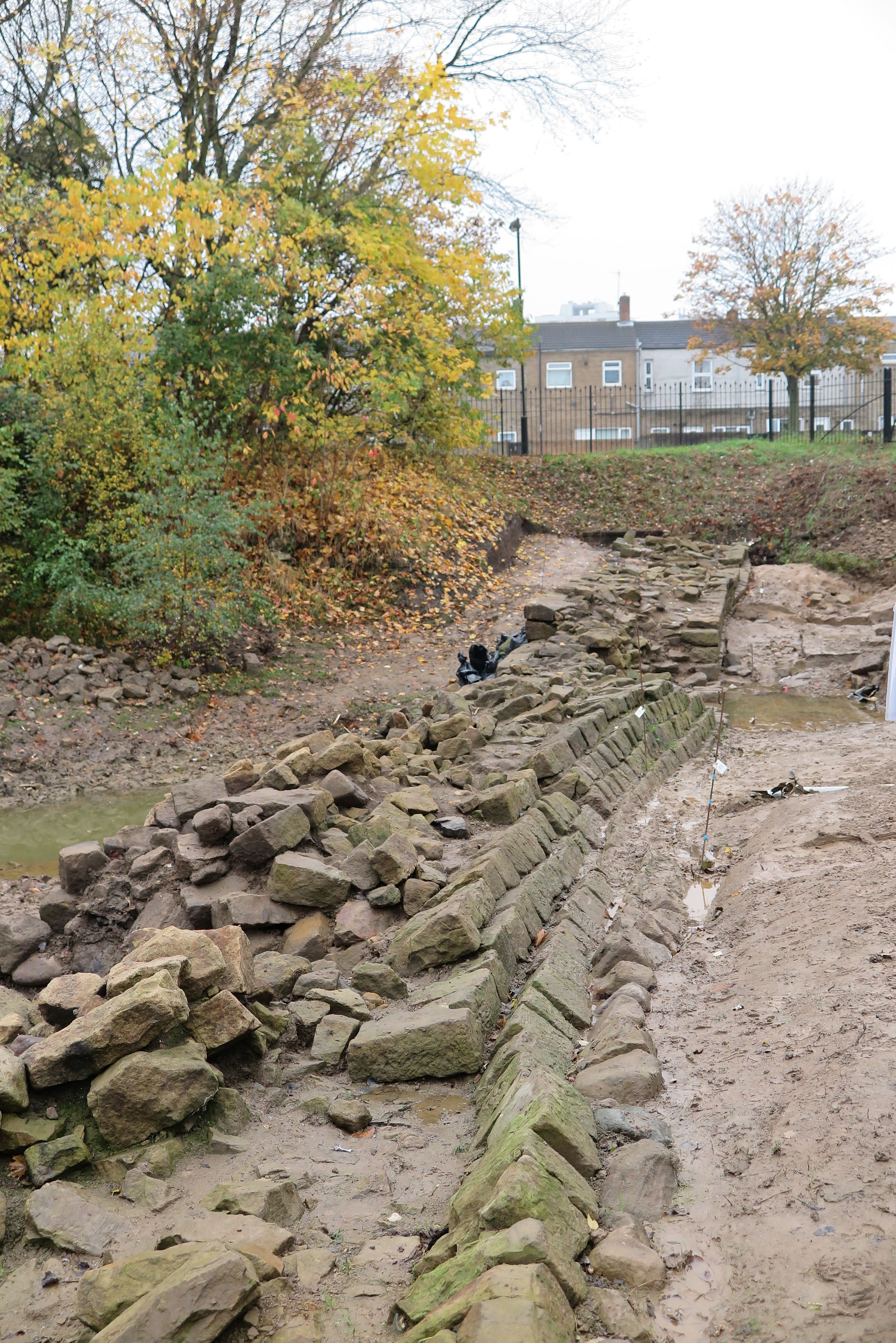Researchers from the School of Medical Education have won funding for a project which interviews future students to discover what they might expect from their University learning experience.
Laura Delgaty, Lynne Rawles, Joanna Matthan, Sally Munford and Claire Guilding submitted a proposal to the University’s Innovation Fund in order to complete the work.
The project looks specifically at how young people use technology and the sorts of technologies they may expect from their future learning environment.
The project also ties in with the University’s own five-year strategy to enhance their digital capability to ensure that they are catering to the needs of future generations of students.
Principal Investigator Laura Delgaty said: ‘What was really interesting was talking to these 15/16 year olds and hearing how they actually use technology.
‘We were incredibly surprised by the things that were really important to them because they were not necessarily the things that we thought.’
The project encouraged school students across Tyne and Wear to consider what attracted them to certain types of technology
‘For most of them the most important thing was that all of the software they were being asked to use could work on a number of different devices, allowing them to choose what brand of phone or i-pad etc. they wanted without being tied to a certain brand or model.
‘Obviously they asked for lots of chargers to be available but one really surprising thing was that they said that they expected fresh drinking water to be available in all teaching spaces.
‘That was just something that we’d never thought about, but I think these students are very alive to healthy lifestyle choices and drinking water is something that they expect the learning environment.’
‘It was amazing the amount of time these school students put in on answering the questions and the amount of detail they went into.
‘Some even described how they wanted different spaces to smell!
‘But what really came across was that they don’t think of technology as something new or separate. This will help contribute to the way we think about our five year strategy.
‘They think of it as something that is just there, that is just always part of their lives and which should be easy and functional and barely noticeable.’
The Innovation Fund supports projects which aim to provide innovative approaches to learning and teaching in the University.
This project was successful in the Strategic Project strand the call for this semester’s strategic strand closes on 15th January 2016.
There is also a Postgraduate Innovation Fund competition for innovative approaches to postgraduate learning or to enhancing the postgraduate experience.
Interested in applying for the Innovation Fund? Apply online or contact innovfund@ncl.ac.uk for more information.









